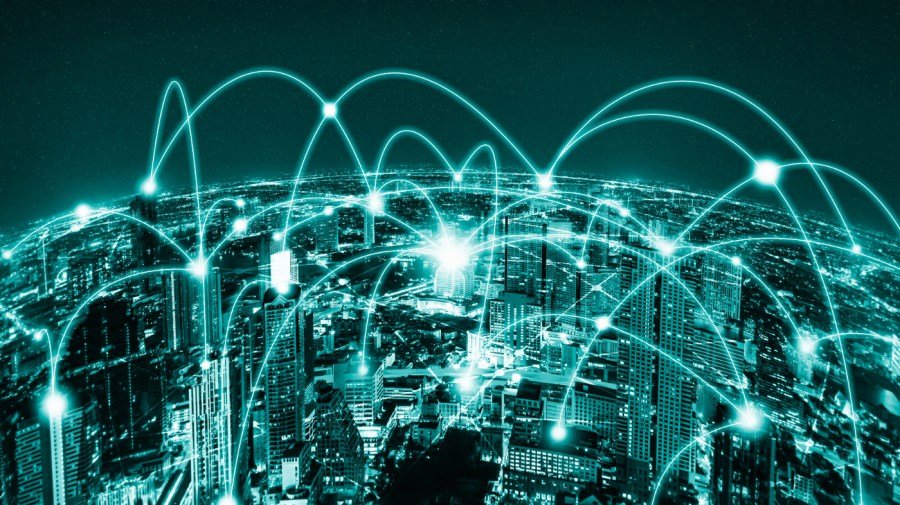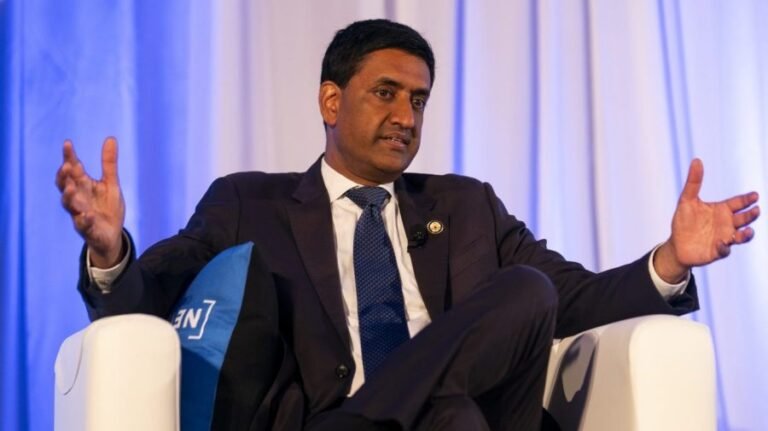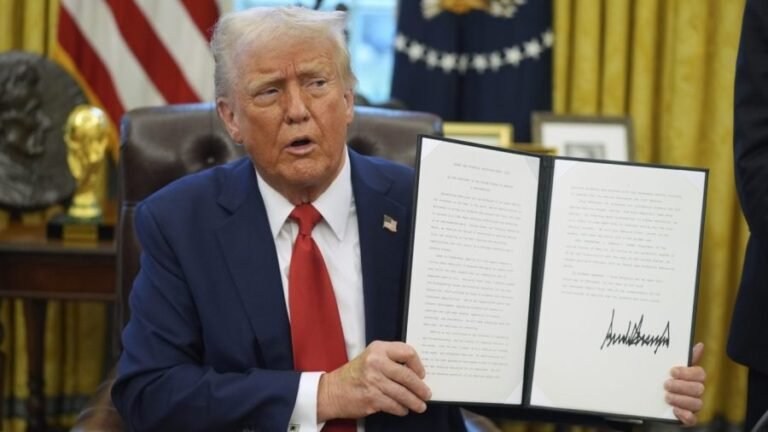
U.S. electricity demand is rising rapidly, and all the while the electric system is operating closer to its physical limits, causing more frequent system disturbances. These problems will increase in number and severity if we continue down our current path.
Most national attention has focused on the need for additional generation. However, the power produced by these generators cannot be delivered to the trillions of devices that use this energy without a robust network of transmission lines that links generators to local distribution networks throughout the country.
The current patchwork legacy system of jurisdictional responsibilities and competing state interests bottlenecks the needs of the 21st century electric economy. Transmission siting approvals are shared among many redundant decisionmakers based on laws enacted when interstate transmission was in its infancy. The result is that sub-regional decisions are made that fail to take full consideration of the advantages, economies of scale and the best new technologies that benefit the interconnection as a whole.
A high-voltage direct current (or DC) transmission system, for example, can overlay the alternating current or AC grid, providing significantly more capacity to move power large distances to users. High-voltage DC, however, can only be optimized by studying the electric network as a whole.
The average age of our transmission lines is between 40 and 50 years. Obtaining required approvals of new projects can take decades, and lines proposed to meet minimum reliability requirements are often rejected for political reasons or abandoned by their proponents as costs and delays accumulate. As the grid is stretched closer to its physical limits, lower-cost generators operating below their full capability cannot help regions in distress because of the delivery limitations of the AC system.
As recently observed, the Northeast operated near critical limits during an extended heat wave, while generation in neighboring areas couldn’t be delivered to alleviate the concern. NERC, the national agency responsible for reliability of the high voltage electric system, stated in its 2024 Reliability Report that 35 GWs of additional transfer capability was needed throughout the national grid.
Electricity does not flow over transmission lines like water or natural gas through pipes. Changes in supply or demand and other system conditions instantaneously impact power flows across the entire Eastern (600GWs), Western (160GWs) and Texas (95 GWs) AC interconnections based on physical laws unique to electricity.
This speed-of-light delivery must be kept in balance between power sources and uses at all times, while maintaining a constant frequency of 60 hertz and ensuring that the amount of energy transmitted does not exceed the capacity of any individual transmission line in the interconnection. Every second, complex computer programs surveil every source, line and use to identify limitations that result from system changes so that operators can respond effectively.
Because every change affects the entire AC network, complex, protracted studies must be made for all system additions, slowing down the ability to keep up with requests to connect to the system.
The Chinese and Europeans have long recognized these same problems.
In 2005, the Chinese began to overlay their 1300 GW AC grid with an high-voltage DC system, creating a hybrid grid that currently consists of 55 HVDC lines with a combined 170 GWs of transfer capacity. Another 27 GWs is under construction. Many of China’s high-voltage DC lines are more than 1,500 miles long, and a new 12 GW line is over 2,100 miles long, which is like connecting California to the MidAtlantic.
The Europeans formed a consortium, “Friends Of The Supergrid,” in 2006 to consider a high-voltage DC supergrid over their 540 GW AC grid. Europe also established ENTSOe, a group of all transmission owners, to study their collective transmission needs and coordinate a unified plan with the European Union.
But the U.S. has not taken full advantage of high-voltage DC capability and other important new technologies. In 2016, Alexander Macdonald published a study based on 10 years of NOAA supercomputer analysis of system conditions and weather patterns, which concluded that every dollar of high-voltage DC investment would produce $3 of benefits while also substantially reducing carbon emissions.
Opportunities also exist to replace existing conductors with composite core conductors, which would substantially increase the carrying capacity of existing lines. And a new technology known as grid-forming inverters can detect system anomalies in milliseconds, providing immediate benefits to real time grid reliability. This capability is especially important as more “rotating iron” is reaching the end of its useful life.
If these matters are not addressed, America will not have the energy to meet the needs of a growing economy. We need a program to upgrade the national electric grid, which should include three critical elements.
First, like the establishment of the transcontinental railroad and interstate highway system, America needs to build a national, preferably buried, network of high-voltage DC lines that overlays the existing AC network. In addition to the physical security and environmental advantages, buried high-voltage DC lines can be placed in the same Right of Way as existing AC transmission lines.
Second, the transfer capacity of the existing AC network should be improved by hot line conversion, without taking any line outages, to composite core conductors on crucial circuits.
Third, the advantages of grid-forming inverters to real-time grid reliability are intuitively obvious; installation of these devices should be a priority.
With rapidly rising demand, the future is coming at us quickly, and we are not ready for it. These three priorities, effectively implemented, would assist in ensuring that there is sufficient reliable energy to meet the growth needs of the American economy.
Phillip Harris is a retired president and CEO of PJM, an internationally recognized electric industry expert, and a life senior member of IEEE.


